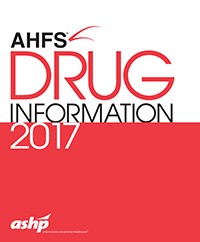6.3. Medication Education and USE OF MEDICATION REFERENCES
Each individual should be encouraged to ask for and receive information regarding the medications prescribed. Education is to be documented in an agency-specific manner.

Education of each individual should be performed per agency policy and should include:
- Name of prescribing practitioner;
- Trade and generic name of the medication;
- Reason medication was prescribed (diagnosis or symptoms);
- Dosage of the medications;
- Time the medication will be given;
- How long the medication is prescribed for;
- Most common side effects of medication.
USE OF MEDICATION REFERENCES
Every person who administers medicines should know or have access to information regarding each drug’s intended use, side effects, adverse reactions, warnings, and special considerations. Appropriate medication dosage and the route of administration must be known. It is standard practice for a person who is administering medications to:
- Have a current drug reference available(Mosby’s 2017 Nursing Drug Reference / Edition 30, Mosby’s 2018 Nursing Drug Reference, 31e (SKIDMORE NURSING DRUG REFERENCE);
- In addition, a medical dictionary would be helpful.
- Have knowledge of name(s) – generic, and trade names of drugs administered in the facility;
- Have knowledge of common adverse reactions – according to the various body systems;
- Have knowledge of common drug interactions.
Other sources of drug information include:
- Your local or consulting pharmacist;
- Medication inserts or Various Internet sites.

